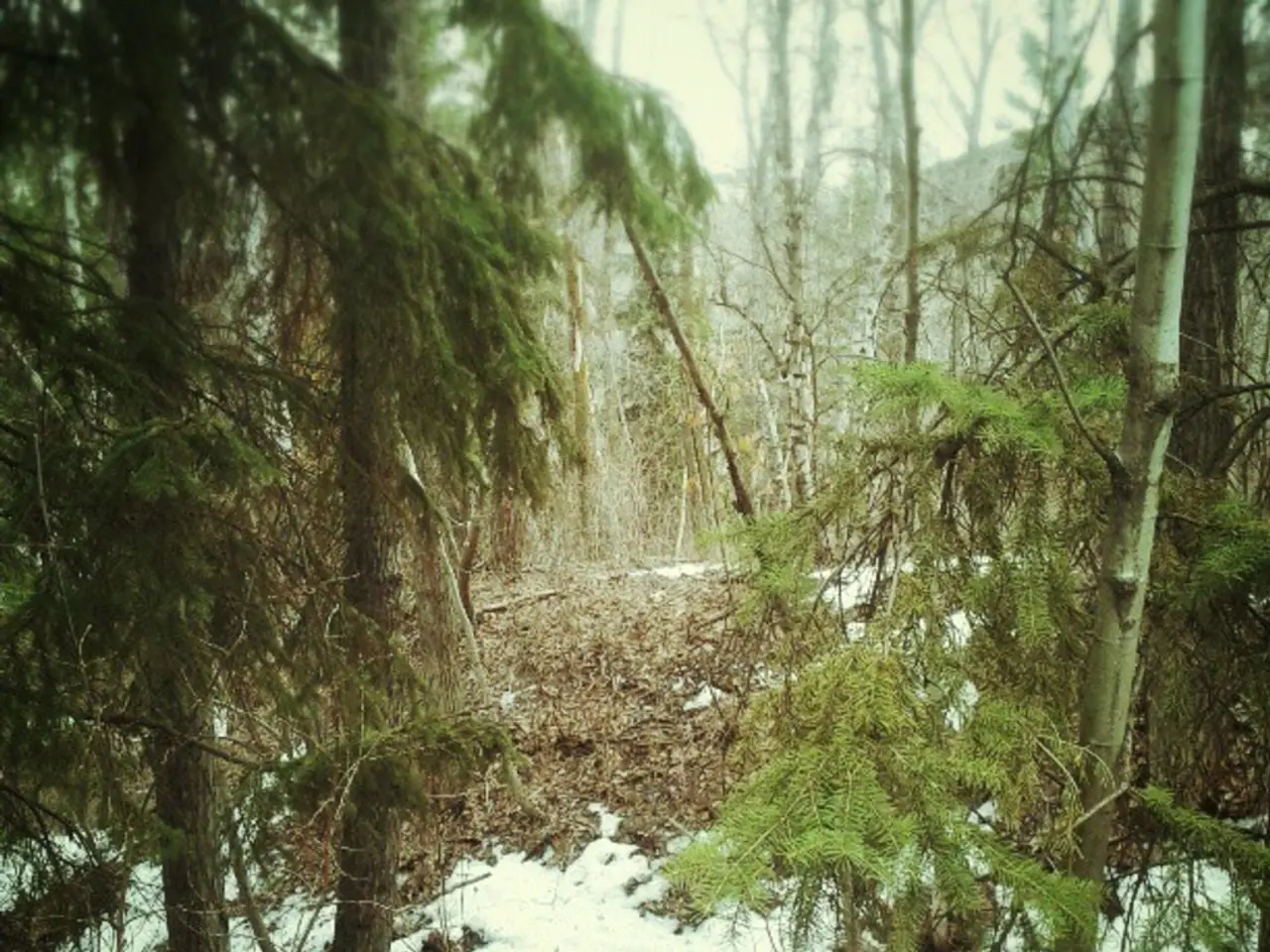Investigation initiated regarding forestry activities: it's unsurprising that the Forestry Department is now becoming involved
The Neubrandenburg Forestry Office, spanning an area of 18,826 hectares, is set to undergo a significant data collection project aimed at preserving and promoting biodiversity within its protected areas.
The project, mandated by the State Forestry Act (§ 37 LWaldG), will last for two years, from August 2025 to October 2026. The State Forest Administration of Mecklenburg-Western Pomerania will be responsible for the data collection.
A total of 19 FFH (Fauna-Flora-Habitat) protected areas within the Neubrandenburg Forestry Office, covering approximately 6,215 hectares, will be the focus of this initiative. Among these protected areas, at least ten particularly protected animal and bird species have been identified, including the white-tailed eagle, black stork, sea eagle, and fish eagle.
The data collection will be conducted "in the forests of all ownership forms". Employees authorized to enter property for data collection are noted in a notice published by the Hanseatic City of Anklam. Forest owners will be informed in advance of the investigation, and their requests for the results of the investigation can be made, but they will not be published until January 1, 2028.
The cities of Neubrandenburg, Friedland, and Woldegk own a substantial portion of the forest in the area. The city of Neubrandenburg owns 1,100 hectares, while Friedland and Woldegk own 380 hectares and 190 hectares, respectively. The Neubrandenburg Hunting and Conservation Association will systematically collect data in the Natura 2000 protected areas of the Fauna-Flora-Habitat Directive under the Walldirektion.
Work must be carried out in a maximally soil-preserving manner in the FFH areas. The designated FFH areas are subject to a 'deterioration prohibition'. This includes a ban on planting conifers or non-native tree species in the FFH areas.
In addition to the data collection, the periodic collection of forest condition data within these protected areas will also be carried out by October 2026. The ultimate goal is to protect and promote habitat types and biodiversity in these areas. The designated FFH areas have been mapped, with around 2,500 hectares of protected forest habitat types identified.
This initiative underscores the commitment to preserving the unique biodiversity within the Neubrandenburg Forestry Office and ensuring the long-term health and sustainability of these valuable ecosystems.
Read also:
- Nightly sweat episodes linked to GERD: Crucial insights explained
- Antitussives: List of Examples, Functions, Adverse Reactions, and Additional Details
- Asthma Diagnosis: Exploring FeNO Tests and Related Treatments
- Unfortunate Financial Disarray for a Family from California After an Expensive Emergency Room Visit with Their Burned Infant








